Millennials at work is a crucial topic despite the fact that the youngest “Z generations” just started their careers.

Millennials at work is a crucial topic despite the fact that the youngest “Z generations” just started their careers. Representatives of the title generation hold the managerial positions and become the desired talents by the employers. Furthermore, they are the largest consumer group, who make thoughtful decisions and redefine the interior arrangement patterns of both residential and office spaces. According to the report of Bentley University specialists, the millennials will constitute 75% of all employees on the market till 2025.
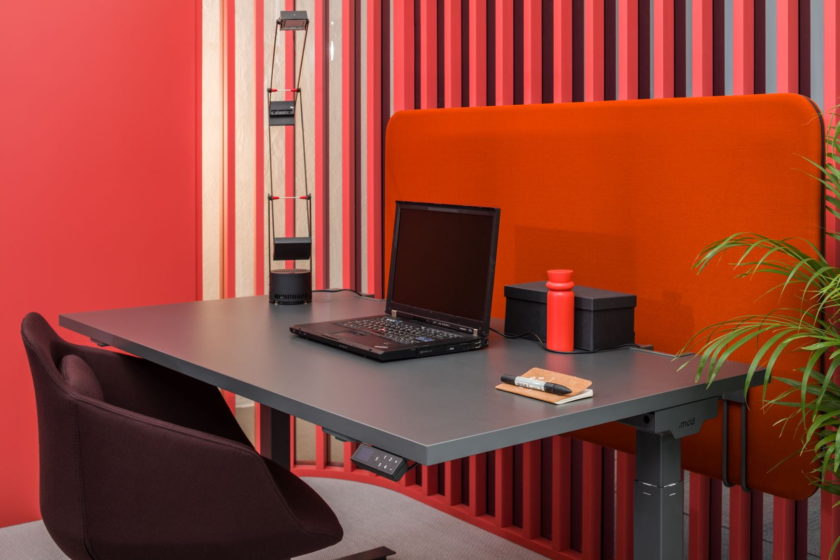
Flexibility
The millennials are conscious of their needs both at and after work. They are individualists what results from their character and personality. They expect a space they live in — home or office — to support their functioning. Sounds like a challenge? Fortunately, there are many possibilities. One of the easiest and the most beneficial is the investment in desks with height adjustability of the worktop. Drive range thanks to its electrical mechanism provides comfort of work during either standing or sitting. It’s functionality can be complemented by the ergonomic chairs.
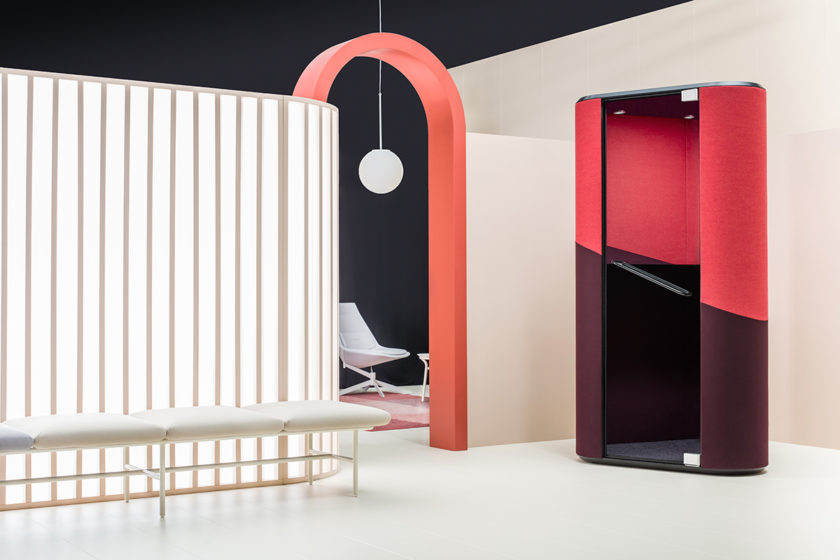
The employees also benefit from the comfort of selecting their space. Acoustic booths allow determining areas of different levels of privacy whereas the soft furniture designate interaction zones or places for work in more casual conditions. What is more, the social aspect also plays a very important role. The millennials appreciate the unrestrained direct communication and building interpersonal relations. The places of relaxation with comfortable sofas and entertainment zones become a full-fledged office zones. A coffee maker is not enough anymore!
Energy
The millennials are not hoarders, but they connect form with the content. They feel most comfortable in a controlled minimalistic environment that adjusts to the user’s needs. Modern interiors, which are so appreciated by the representatives of this generation, can be equipped with light and modular furniture. Such solution grants the ability to constantly reconfigure and create new arrangements with the same elements. The millennials dislike boredom and a dynamic office helps to avoid it.
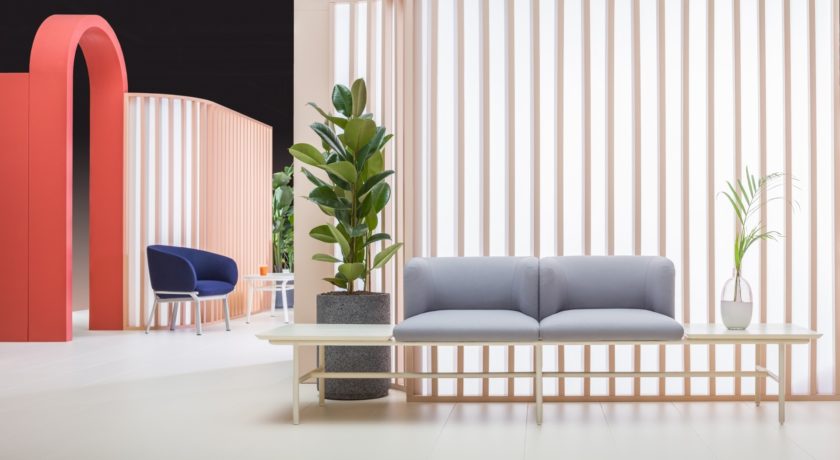
The office can feel like home
Minimalism in such edition is far from cold and laboratory-like climates. What really matters is the order and functionality of the equipment as well as the general character the place.
Such approach makes the office feel almost like home. Cosy and routine breaking spaces that provide a way back to the emotional balance are in demand now. It is worth considering friendly fabrics and interesting textures, having in mind that millennials are individualists and like uniqueness.
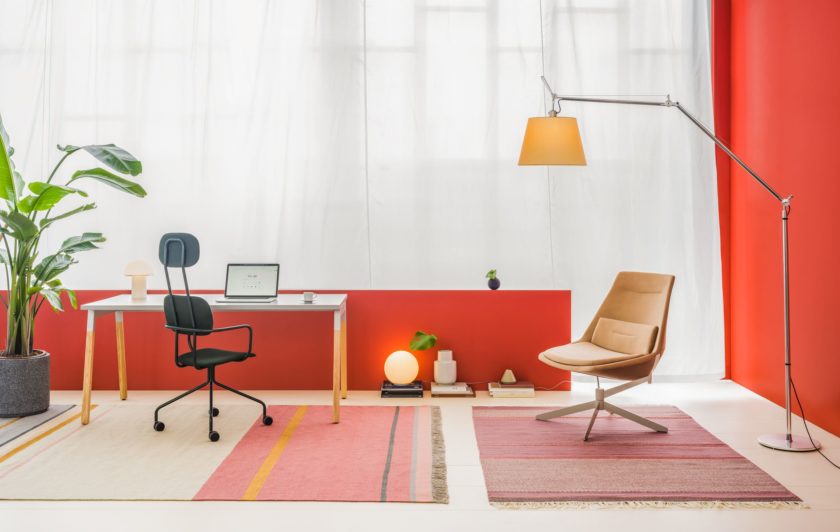
The visual aspect
Aesthetics also matter. Millennials’ representatives eagerly share their content on Instagram, follow cooking and interior blogs, and look for inspiration on Pinterest. They believe in colour and form. What is more, they like geometric accents in the form of wall graphics as well as furniture of cubist shapes and shades. Style mixing and fashionable colour-block effect are also popular motives.
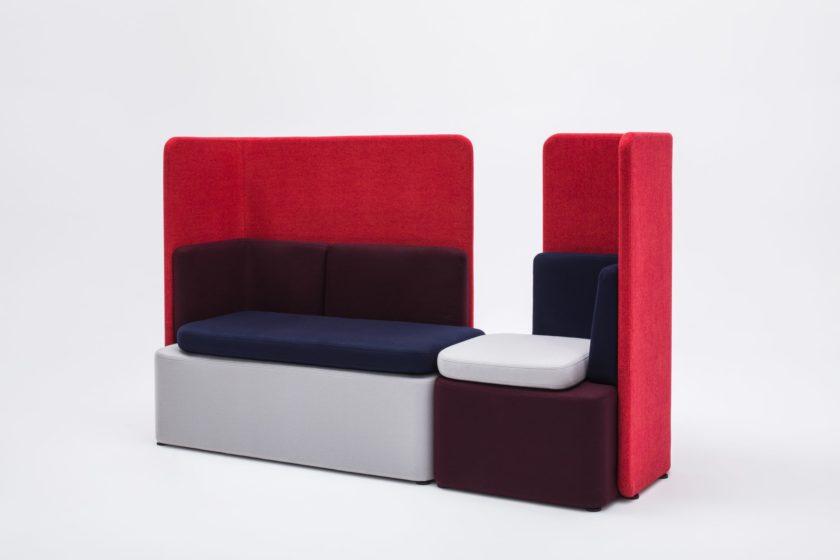

All items with extraordinary design are considered ornaments on their own, so being able to use them is an additional advantage.
Biophilia
Technology, a big city and fast communication are for the millennials important, but not essential. The harmony of mind and body is the guarantee of health, well-being and effectiveness and that is why, it is worth deriving it from the world of nature. The millennials eagerly surround themselves with biophilic accents at work. This trends currently takes numerous forms: from designing buildings with broad access to the daylight and employing plants and water elements in the interiors, to introducing furniture and décor made of natural materials.
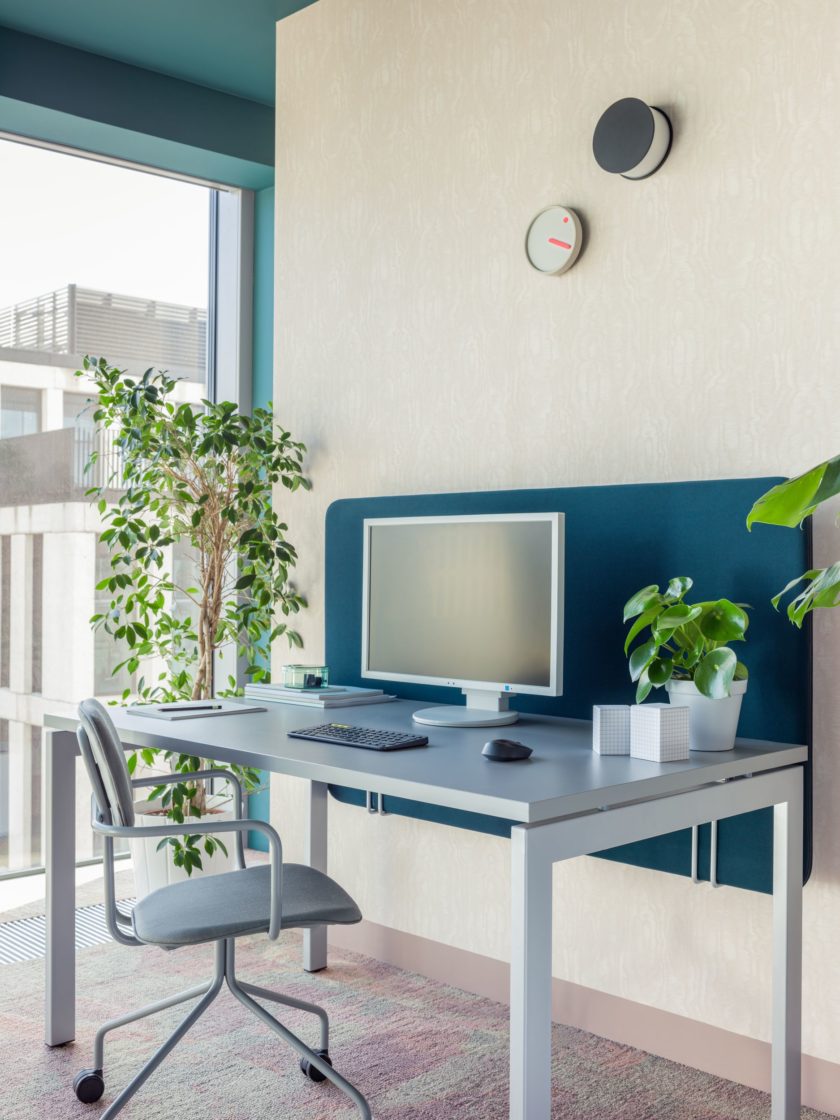
We discuss a group whose representatives expect something more from their work place than just a desk and a chair. By holding managerial positions they oftentimes have a real influence on the appearance of the spaces they work in.

